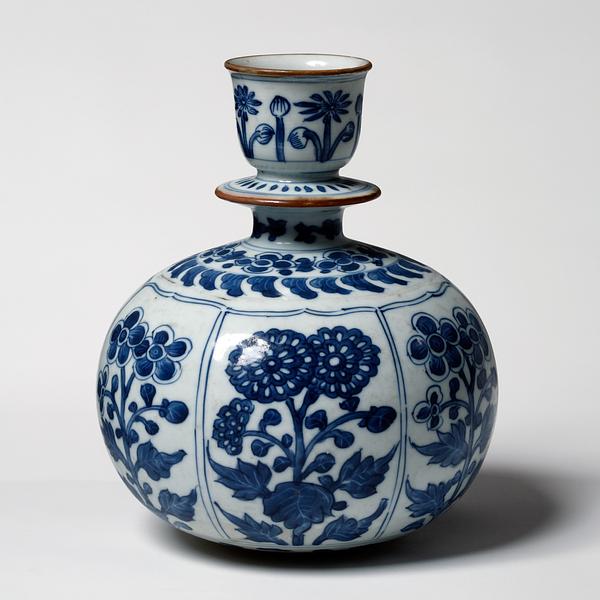Islam in China
Commercial and diplomatic ties between what was to become the Islamic world and China were already formed a couple of centuries B.C., perhaps even earlier. However, it was the Arab caliphs’ policy of expansion in the 7th and 8th centuries and the rapid spread of Islam through trade that truly spurred cultural exchanges between the Middle and the Far East.
The fall of the last Sasanian king, Yazdigird III, in 651 marked an important turning point. Muslim forces were now free to advance toward the east as far as Samarkand, and in the course of just a single century, soldiers and merchants from numerous peoples between the Arab world and China converted to Islam. Mosques and caravanserais were built along trade routes in Iran and in the expanses that today are known as Afghanistan, Uzbekistan, Tajikistan, and Kyrgyzstan. In China itself, actual little Muslim communities were found from the middle of the 8th century.
The close connection between the Arab world and China – now linked by a network of Islamic trading stations and large-scale shipping – meant that goods and inventions traveled quickly back and forth between east and west. Chinese porcelain, textiles, and high-quality paper were primarily in demand on the Arab market. Glass, spices, and minerals were shipped the other way.
Art could also travel, and craftsmen in the east and west were open to inspiration. Excavations in Samarra in Iraq provide evidence that Chinese ceramics reached the Middle East as early as the 9th century, and Muslim potters’ own work shows a clear connection between the Islamic and the Far Eastern aesthetic. Blue and white Chinese porcelain, in particular, had a decisive influence on Islamic techniques and decorations right into modern times. Inspiration mostly went from east to west, but not solely, and blue under-glaze painting was actually a Persian invention.
With the Mongols’ expansion in the 13th century, a new situation arose throughout the entire Asian continent. Rulers were deposed one after the other, and from the Sea of Japan in the east to the Volga in the west, trade and politics were dominated by the Mongol princes and their successors. Kublai Khan (grandson of Genghis Khan) became sole ruler of China in 1279. Two decades earlier, his younger bother, Hülegü Khan, had already subjugated Iran, destroyed Baghdad (1258), and founded the Il-Khanid dynasty.
The Mongols’ advance was of great significance for the Muslims in China. Since most of the original population considered the Mongols barbarians, the new rulers decided to exclude these Han Chinese from influence in affairs of state. Instead, large sectors of the public administration were staffed with foreigners, and especially Central Asian Muslims and their descendants, the Hui Chinese.
With the fall of the Yuan dynasty in 1368, the period ended when Muslims and other foreigners could expect special privileges. The Ming dynasty (1368-1644) and Qing dynasty (1644-1911) in many respects reverted to the isolationism that had previously characterized the country. The Hui Chinese were cut off from their lands of origin and the peoples with whom they shared their faith.
